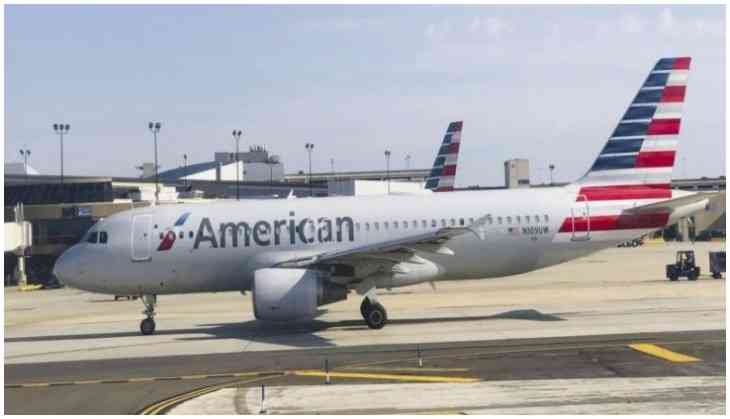
The US aviation authority has prohibited its civil flight operators from using the airspace over Iraq, Iran and the Gulf, hours after Iran fired over a dozen ballistic missiles targeting at least two American bases in response to the killing of its General Qasem Soleimani in a drone strike.
Iran has launched over a dozen ballistic missiles at 5:30 pm on January 7 targeting at least two bases where US military and coalition forces are stationed in Iraq.
Tensions between Tehran and the US escalated after the killing of Soleimani, commander of Iran's powerful Revolutionary Guards, in a US drone strike, which was ordered by President Donald Trump, on Friday when he was leaving the Baghdad International Airport. The strike also killed the deputy chief of Iraq's powerful Hashed al-Shaabi paramilitary force.
Supreme Leader of Iran Ayatollah Khamenei vowed revenge against the killing of his general, saying "severe revenge awaits the criminals" behind the attack.
In a notification issued Tuesday night, the US Federal Aviation Authority (FAA) prohibited American civil aviation operators from operating in the airspace over Iraq, Iran, the waters of the Persian Gulf and the Gulf of Oman.
FAA said that it has issued notices to airmen outlining flight restrictions that prohibits US civil aviation operators from flying in that airspace.
The aviation authority said it will continue to closely monitor events in the Middle East and that it is coordinating with its national security partners.
Earlier, President Donald Trump said that the US was prepared for any attack by Iran and justified his decision to kill Soleimani, saying, "Well, number one, I knew the past. His past was horrible."
"He (Soleimani) was a terrorist. He was so designated by president Obama, as you know, and he wasn't even supposed to be outside of his own country."
Soleimani's killing was the most dramatic escalation yet in spiralling tensions between Iran and the US, already hit by serious differences over Tehran's ambitious nuclear programme.
Soleimani was widely seen as the second most powerful figure in Iran behind the Supreme Leader Ayatollah Ali Khamenei. His Quds Force, an elite unit of the Iranian Revolutionary Guards, reported directly to the Ayatollah Khamenei and he was hailed as a heroic national figure.
-PTI
Also Read: Ukraine airplane with 180 on board crashes near Tehran


